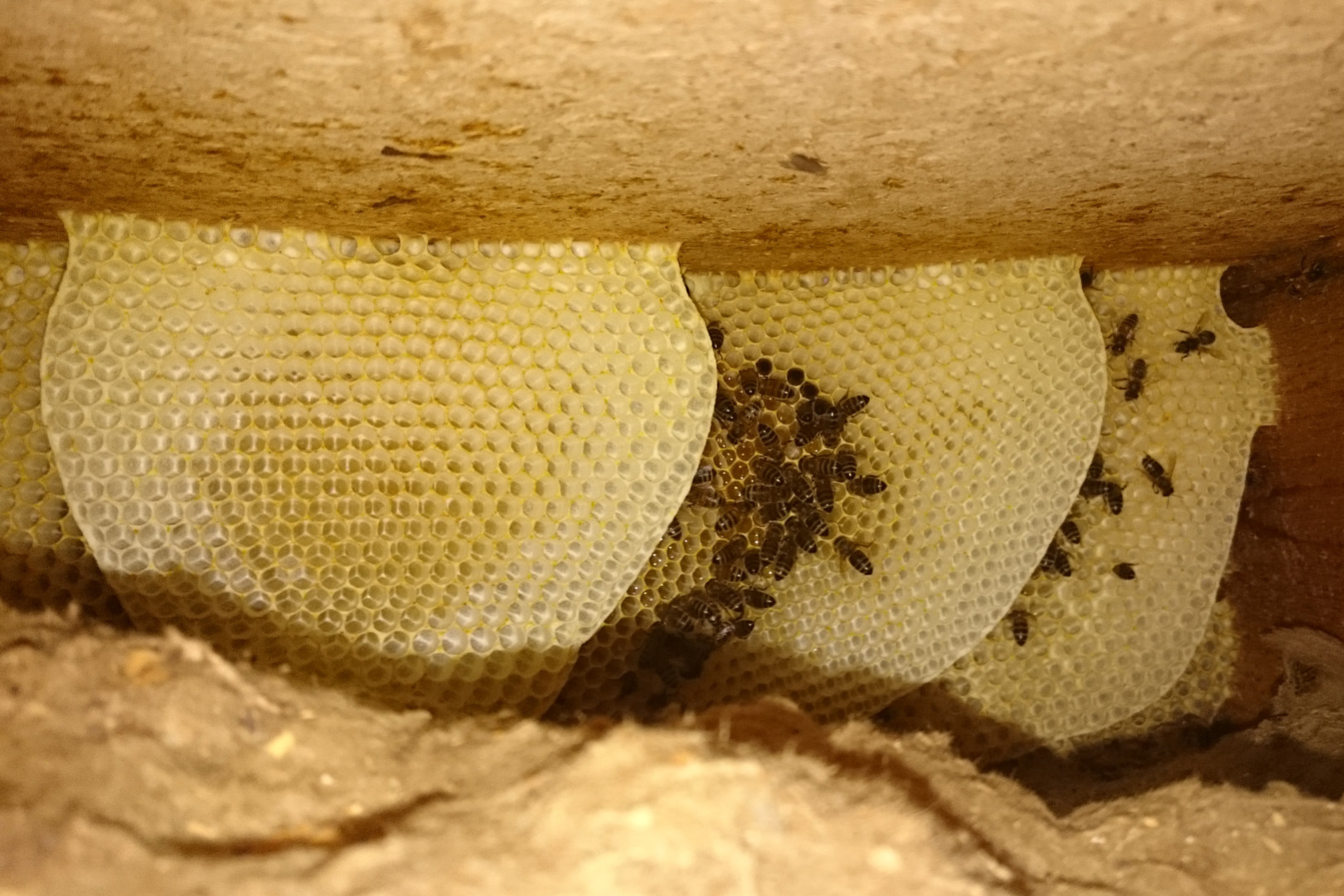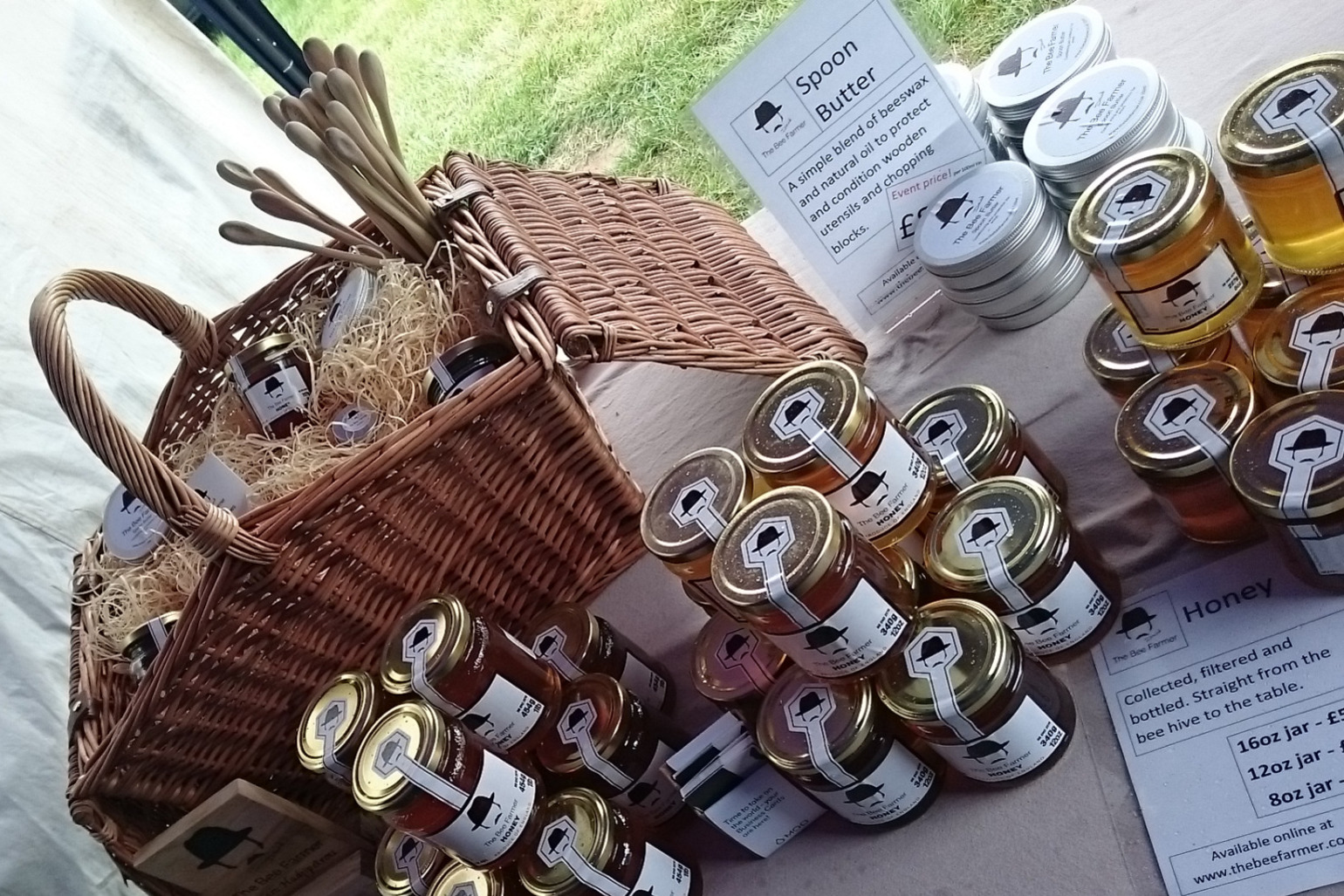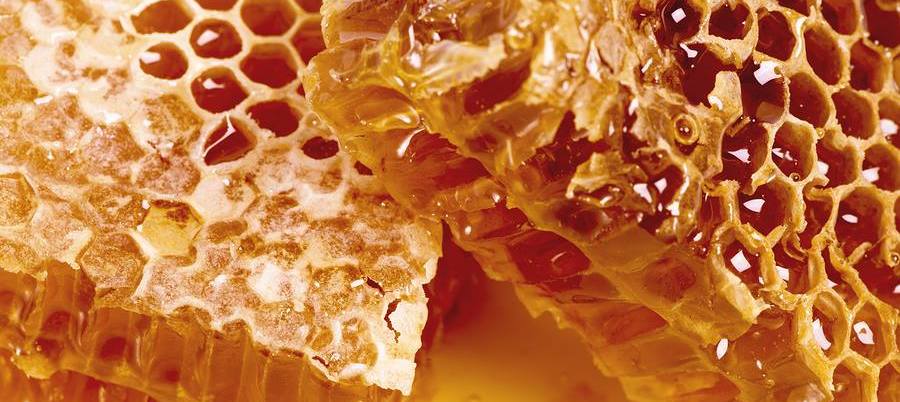TRACKING at the heart of good taste
Find the hive where your honey was made
Here you can track the honey, right back to the Apiary where the magic begins. To discover where your honey was produced, look in the bottom left of your honey jar’s label to locate a unique “LN” batch number; you can then use the batch guide below to reveal its location.
Simply click your number…
LN NUMBERS

Apiary Location
Riddings
Primary Forage Crop
Oil Seed Rape (OSR)=
Hedgerow & Wild Flower
INFO

Apiary Location
Applby Magna
Primary Forage Crop
Oil Seed Rape (OSR)
INFO

Apiary Location
Wilson
Primary Forage Crop
Oil Seed Rape (OSR)
INFO

Apiary Location
Dale Abbey
Primary Forage Crop
Oil Seed Rape (OSR) +
Wild Flower
INFO

Apiary Location
Riddings
Primary Forage Crop
Oil Seed Rape (OSR)=
Hedgerow & Wild Flower
INFO

Apiary Location
Applby Magna
Primary Forage Crop
Oil Seed Rape (OSR)
INFO

Apiary Location
Dale Abbey
Primary Forage Crop
Oil Seed Rape (OSR)+
Wild Flower
INFO

Apiary Location
Applby Magna
Primary Forage Crop
Oil Seed Rape (OSR)
INFO
How to turn granulated Honey back into running Honey
All pure Honey will granulate or become solid in cool weather, and this condition is, in fact, the best proof of its quality. The honey can be easily restored to the liquid state by standing the jar in warm water, first loosening the cap. The heating of the water should continue until the honey becomes liquid. Do not use boiling water use barely simmering water. i.e. less than 45 degrees centigrade [113 degree Fahrenheit]. The jar should be stood on an upturned saucer so that there is water below as well as around the jar. Alternatively use a microwave. Remove the lid, select low power and stir occasionally until the the honey is liquid again.














